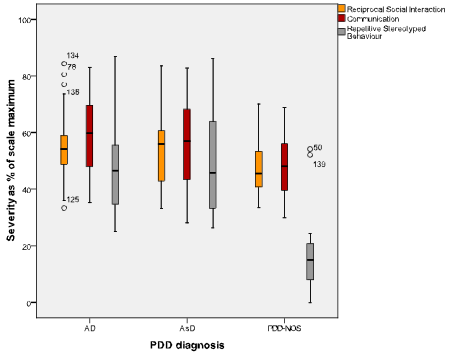Shannon Des Roches Rosa www.ThinkingAutismGuide.com TPGA editors at IMFAR 2012 We had a great time at IMFAR; it was important that TPGA be present, given our mission to support evidence-based autism information. I wish more autistic people and people whose lives include autism — personally or professionally — would or could attend. We’ll keep posting summaries and insights for those of you who couldn’t go. Here are my general observations and takeaways. IMFAR 2012 ‘s goal was to present the newest research conducted over last year, with a particular effort to include presenters from outside autism science whose research overlaps with or has implications for autism. This may be why the science often, though not always, seemed a bit softer than 2011. With the result that in some panels, I would just … stop typing after a while, because it was clear the material would not be terribly useful to…
Tag: jon brock
Jon Brock www.crackingtheenigma.blogspot.com/ Some cases of autism are obvious. Anyone who knew anything about autism would agree that the child or adult in question was autistic. Other cases are less clear cut. Indeed, the term “autism spectrum” implies the existence of a continuum that fades gradually into what we think of as the “normal” population. Somewhere a line has to be drawn and where exactly we choose to draw that line defines what we mean by autism. It determines who is eligible to take part in autism-related research and this in turn influences the development of theories of autism. Eventually, this feeds back to our evolving definitions and cut-offs for autism. Most importantly when it comes to immediate real-world consequences, the diagnostic boundaries specify who is labeled “autistic” and, ultimately, who gains access to interventions and support. In the absence of reliable biological markers or break points in the continuum, diagnoses…

